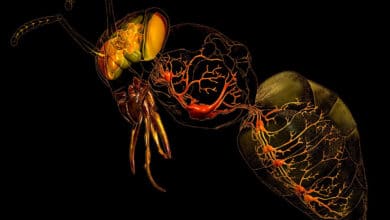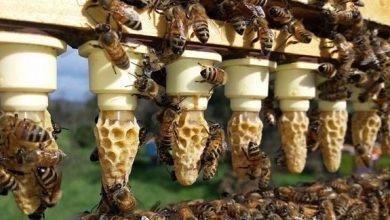The Doolittle Method for Raising Queen Bees

How Does the Doolittle Method Work for Raising Queen Bees?
You may assist honey bees avoid the myriad of concerns and issues they currently face by breeding genetically robust queens that create healthy colonies. Pests, poisons, and diseases can’t harm healthy colonies.
The Doolittle Method, which involves grafting larvae of the appropriate age onto unique wax or plastic queen cell cups that are attached to bars, is the most popular technique for creating vast numbers of queens. The bars are set onto frames, which are then placed inside a queenless nuc that is stocked with lots of nurse bees and supplies like honey (and/or syrup), pollen (and/or pollen patties), and lots of nurse bees.
Tools and equipment for the Doolittle Method of queen bee rearing
Grafting calls just a few specialized tools and materials. The majority of beekeeping providers offer all. Grafting has a lot of appeal if you enjoy technology.
Bar-cell frames of Doolittle Method

In these, larvae are grafted onto wax or plastic queen cups that are held by one or more bars. The frame is then placed inside a colony that will eventually produce queen cells without a queen.
Grafting equipment of Doolittle Method
The delicate and oh-so-fragile larva is carefully removed from its original cell using grafting tools, and then it is placed in the cup on the cell bar frame.
Queen cell shields of Doolittle Method

The freshly emerging virgin queens are kept in their cells by cell protectors, keeping them from roaming the colony and killing the other queens.
Queen’s cages of Doolittle Method

These are made to contain the queen and give the bees on the outside of the cage a method to feed the queen inside through a screen or perforations.
How is the Doolittle grafting technique carried out in Doolittle Method?
There are actions before grafting day as well as steps after grafting day. For grafting, you choose the colony led by your best queen.
Four days before the day of grafting
In Doolittle Method there are four days prior to grafting day, the eggs you want to graft are laid. Four days before grafting day, restrict the queen to a frame of empty drawn comb to make it simpler to find the right-age larva. When moving larvae to cell cups, use that comb.
Three days before the day of grafting
Remove the push-in cage to free the queen from her captivity. To make it easier to find the frame on grafting day, mark the top bar of the frame.
Two days before the day of grafting
Make your queenless nuc so it can start new cells. Your newly grafted larvae should be placed in an environment where they will receive proper care. Numerous bees, particularly nurse bees, honey frames, pollen (and/or a feeder and a pollen patty), and little to no open brood are all indicators of this. Because nurse bees are most suited to feeding larvae, you want a lot of them.
Day of the graft in Doolittle Method

Graft larvae into cell cups using the frame you contained four days ago, then set the frame of cells into the queenless cell starter you created a few days ago. The very early larvae are extremely fragile, and grafting is a delicate maneuver.
Have a look one or two days after grafting day. The bees have chosen which cells to nourish, draw from, and eventually develop into queens, and which ones not to.
About a week after the grafting day: Inspect the cells and cover them with cell protectors. The only care the cells require from this point till emergence is warmth and humidity because the cells should be closed by the bees four or five days after grafting.
Virgin queens will emerge 15 to 17 days after the egg is laid (11 to 13 days after grafting). The average development time is 16 days, but development is faster in warmer weather, and slower in cooler temperatures.
As simple as this is the Doolittle Method to raise the queens.








One Comment